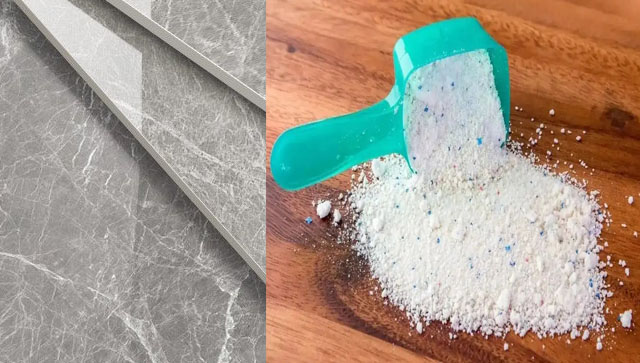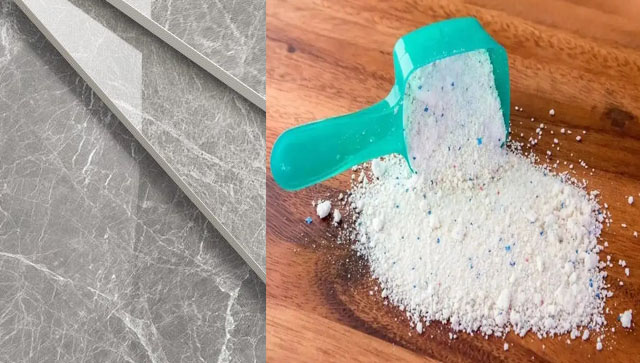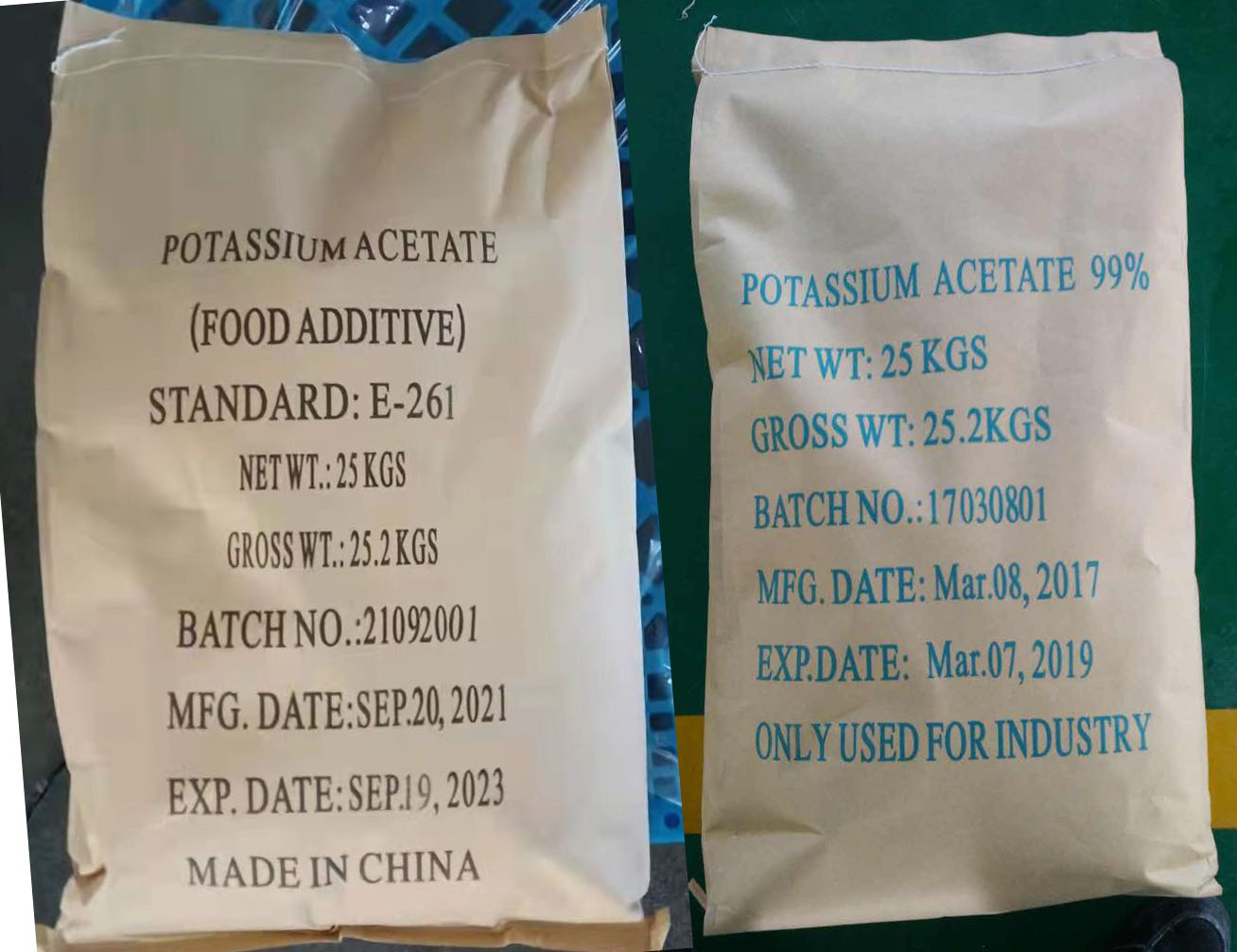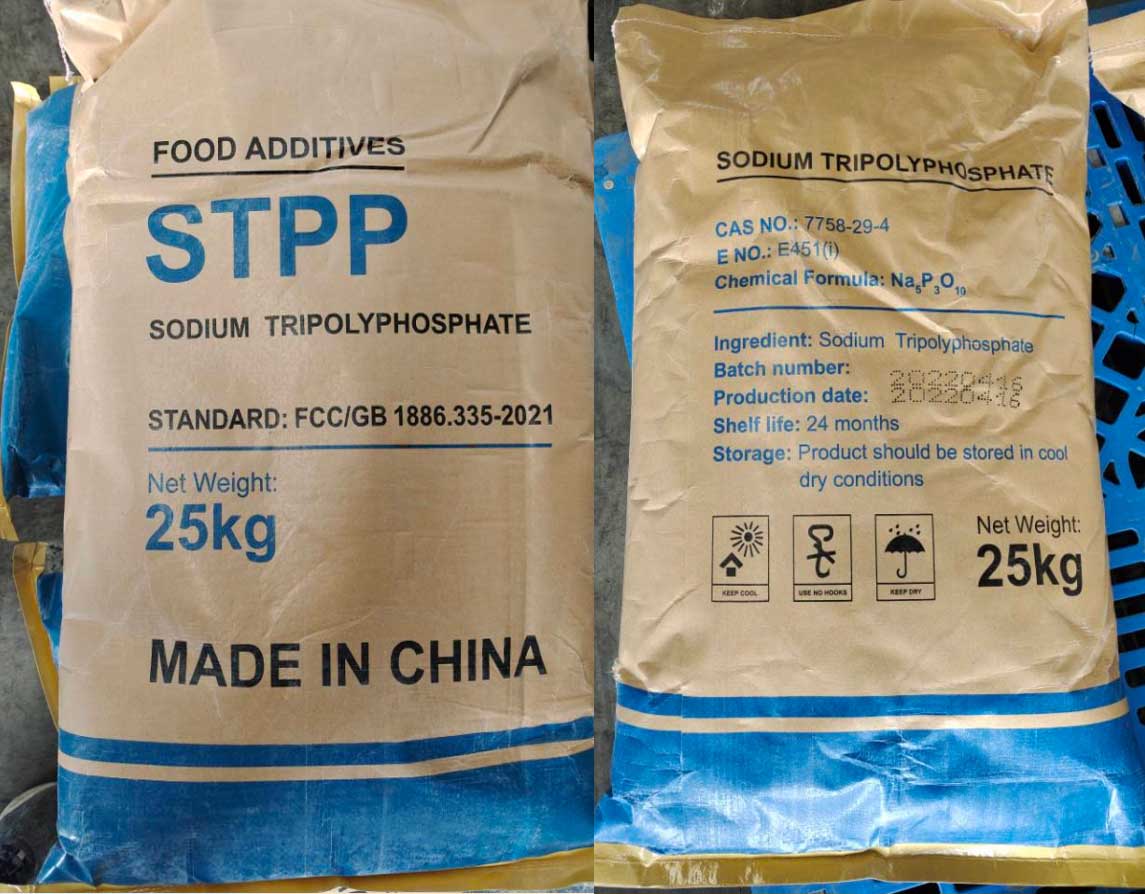Synonym | Potassium bitartrate / Cream of Tartar / Potassium acid tartrate / Monopotassium tartrate / Beeswing |
CAS No. | 868-14-4 / 35-04-1 / 6381-58-4 |
Content | 99.0-101.0 |
M.F. | KC4H5O6 |
Specific rotatory power[A] D20 | +32.5 to +35.5° |
Loss on drying ≤% | 0.5 |
Ammonia | Pass test |
Sulfates ≤% | 0.019 |
Heavy metal ≤ppm | 2 |
Arsenic ≤ppm | 3 |
Application | Baking powder production, Stabilizer, Leavening agent, Prevention of sugar crystallization, Acidity regulation, Cleaning agent, Stain remover, Electroplating |
Properties
Appearance: Fine white powder
Solubility: Slightly soluble in water
Acidity: Weakly acidic
Chemical formula: KC₄H₅O₆
Uses
Culinary:
Used as a stabilizer in whipped cream and egg whites to maintain texture and volume.
Added to syrups and candies to prevent crystallization.
A key ingredient in baking powder (when combined with baking soda).
Cleaning:
Mixed with vinegar or water to create a natural cleaning agent for metal, porcelain, and other surfaces.
Winemaking:
Forms crystals in wine casks during fermentation and aging, which are collected and purified to produce cream of tartar.
Other Applications:
Occasionally used in chemistry experiments or as a pH stabilizer.
It is generally regarded as safe (GRAS) for consumption and has no significant health risks when used in typical culinary amounts.
In the baking industry, potassium bitartrate, commonly known as cream of tartar, is a versatile ingredient with several key applications:
1. Leavening Agent (Baking Powder)
Role: Cream of tartar is often combined with baking soda to create baking powder.
How it works: The acidic nature of cream of tartar reacts with the alkaline baking soda when moistened, producing carbon dioxide gas. This gas creates air pockets in the dough or batter, causing it to rise.
Examples: Used in recipes for cakes, cookies, and quick breads.
2. Stabilizer for Egg Whites
Role: When beating egg whites, cream of tartar helps stabilize the foam and prevents it from deflating.
How it works: The acidity strengthens the protein structure of the egg whites, allowing for a stiffer and more stable foam.
Examples: Essential for meringues, soufflés, angel food cakes, and macarons.
3. Preventing Sugar Crystallization
Role: It prevents sugar syrup from crystallizing, ensuring a smooth texture in confections.
How it works: The acid in cream of tartar interferes with the sugar molecules, breaking them down into glucose and fructose.
Examples: Used in making frostings, candies, and syrups.
4. Enhancing Texture
Role: Cream of tartar can improve the texture of baked goods by preventing over-coagulation of proteins.
Examples: Creates tender cookies and biscuits with a finer crumb.
Typical Usage Levels
For stabilizing egg whites: About 1/8 teaspoon per egg white.
In baking powder: Approximately 2 parts cream of tartar to 1 part baking soda.
In syrups or candies: Small amounts, usually 1/8 to 1/4 teaspoon per cup of sugar.
Cream of tartar is a staple in professional and home baking, offering both chemical functionality and improved consistency in baked products.




